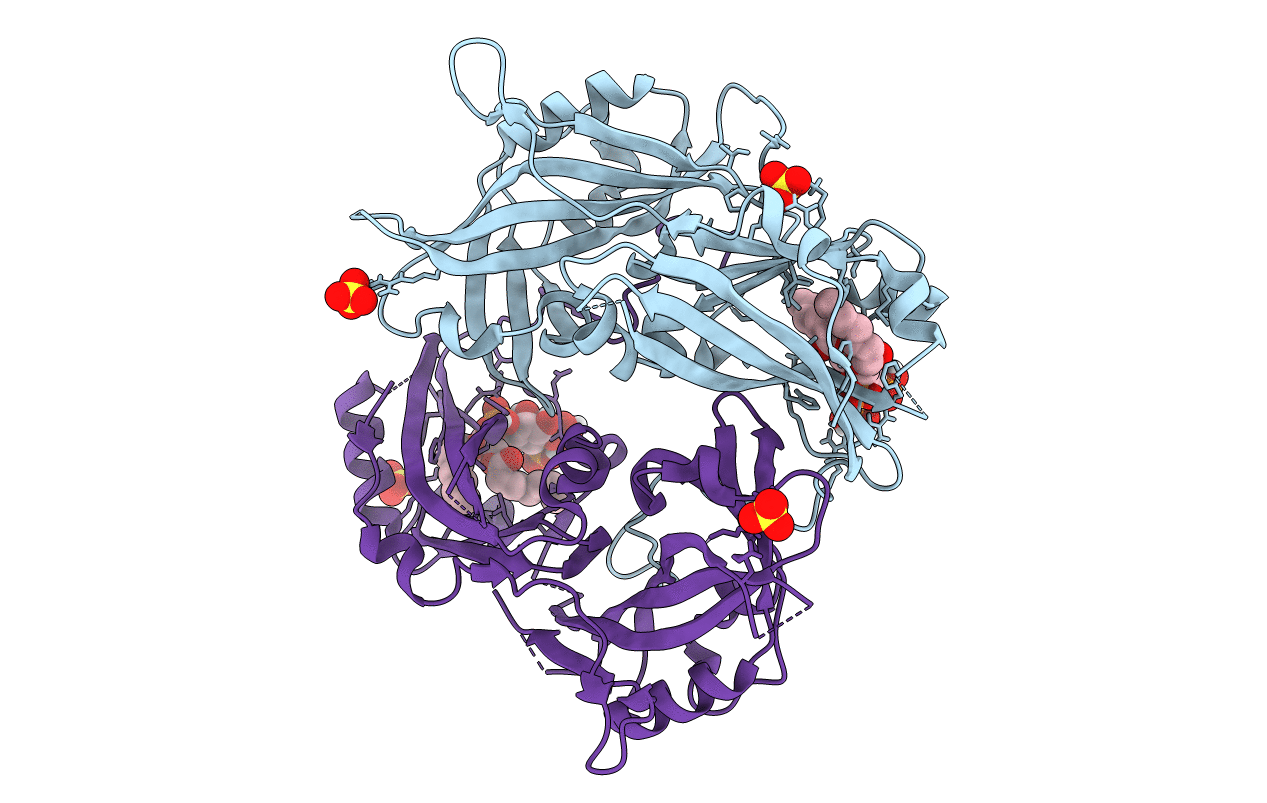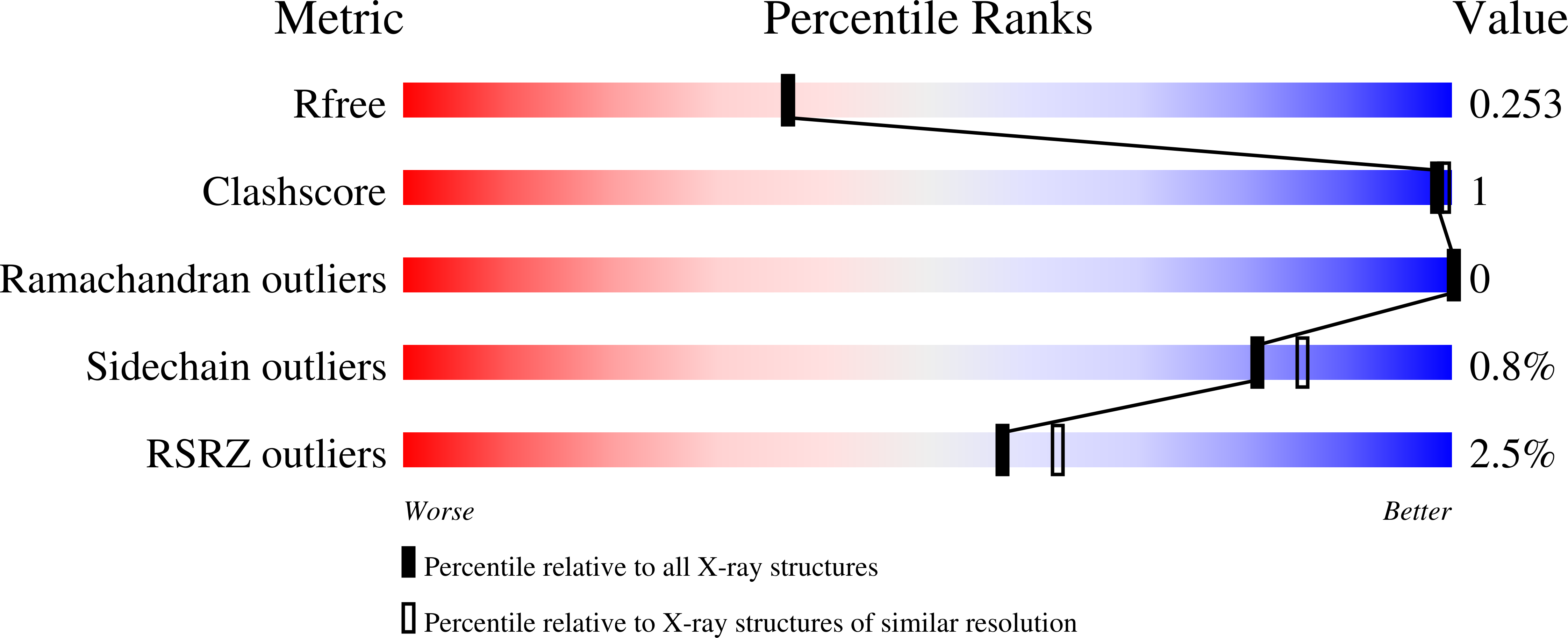
Deposition Date
2021-10-21
Release Date
2022-08-24
Last Version Date
2023-10-18
Method Details:
Experimental Method:
Resolution:
2.12 Å
R-Value Free:
0.26
R-Value Work:
0.23
R-Value Observed:
0.23
Space Group:
P 21 21 21


